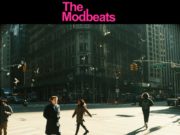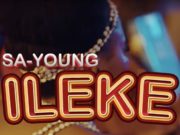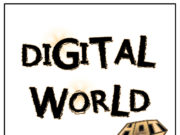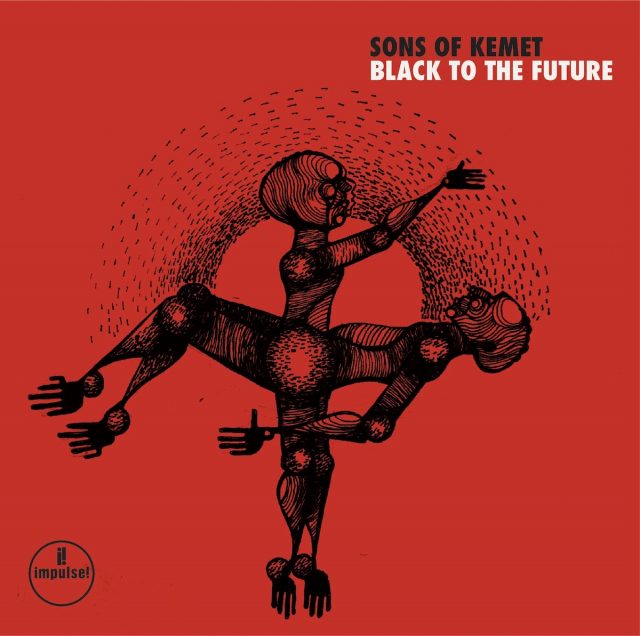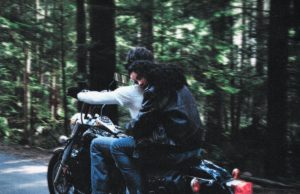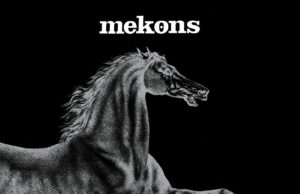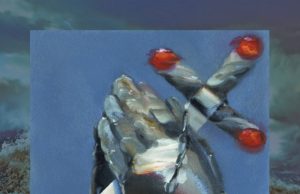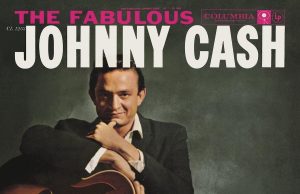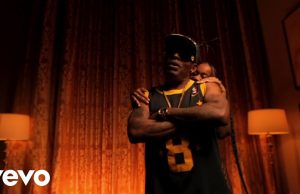THE EDITED PRESS RELEASE: “Saxophonist, composer, philosopher and writer Shabaka Hutchings returns with Black To The Future, the fourth album from his Mercury Prize-nominated outfit Sons of Kemet.
The last time Hutchings released a record was March 13, 2020 — on the eve of the pandemic — with Shabaka & The Ancestors’ We Are Sent Here By History. The album centered around themes of confronting the destruction of humanity as we know it. The prescient theme of this record was not lost on those who heard it.
Hutchings is consistently in tune with — if not in front of — the cultural themes swirling in our world: past, present and future. He unearths forgotten mythologies, unlocks sounds of the past, and presents a thesis for the future. That continues with Black To The Future, a politically poignant and musically rich album, which feels destined to be placed on the shelf next to Archie Shepp’s Attica Blues or John Coltrane’s Alabama.
Musically, Black To The Future is a bigger affair than previous Sons of Kemet records. The core group — Theon Cross (tuba), Edward Wakili-Hick (percussion) and Tom Skinner (percussion) — are enhanced by guests such as singer Lianne La Havas, U.K. saxophonist Steve Williamson, Chicago bandleader and vocalist Angel Bat Dawid, poets Moor Mother and Joshua Idehen, legendary British Grime MC D Double E, British artist/rapper/spoken word musical artist Kojey Radical, and more. Hutchings also adds complex layers of woodwind instrumentation throughout the record.

First single Hustle features Kojey Radical, with backing vocals from singer Lianne La Havas and a dance-inspired metaphorical video directed by Ashleigh Jadee. Hustle is a propulsive, urgent song with the poetic, chanting lyrics of Radical. He speaks: “Why ain’t no one tell me peace of mind was pricey / I could dance with the devil but that’s unlikely / Might go broke but that’s unlike me / I was born from the mud with the hustle inside me.” About the video, Hutchings says: “The dancers represent the duality present within any struggle to transcend internal limitations. As the video progresses, we see that it’s only once the differing elements of the self are reconciled and act in unison that rebirth (symbolized by the immersion in water) can occur.”
He adds: “Black to the Future is a sonic poem for the invocation of power, remembrance and healing. It depicts a movement to redefine and reaffirm what it means to strive for black power. The meaning is not universal and the cultural context of the listener will shape their understanding. Yet in the end, the overarching message remains the same: For humanity to progress we must consider what it means to be Black to the Future.”










